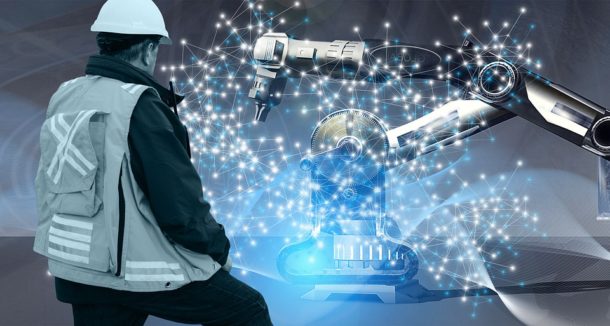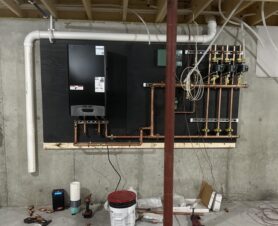The manufacturing sector has faced numerous challenges, particularly in maintaining high quality and minimizing defects. Thankfully, the advent of artificial intelligence (AI) is turning the tide. If you want to revolutionize production with manufacturing AI, this post will guide you through how this technology redefines defect detection and boosts overall efficiency.
The Evolution of Quality Control in Manufacturing
Traditional Methods of Defect Detection
In the past, defect detection relied heavily on manual inspection. Workers visually checked products for flaws, a time-consuming process prone to human error. Despite rigorous training and experience, even the best inspectors could miss defects due to fatigue or oversight.
The Limitations of Manual Inspection
Manual inspection has several drawbacks. First, it is labor-intensive, requiring a significant workforce to maintain. Second, it is not scalable. As production volumes increase, so does the likelihood of missed defects. Finally, manual inspection is inconsistent. Different workers may have varying levels of attention and expertise, leading to fluctuations in quality.

Enter Artificial Intelligence
What is AI in Manufacturing?
Artificial Intelligence (AI) refers to machines’ capability to perform tasks that typically require human intelligence. AI can handle complex tasks such as defect detection, predictive maintenance, and supply chain optimization in manufacturing.
Why AI is a Game-Changer
AI is revolutionary because it offers several advantages over traditional methods. It is faster, more accurate, and can operate continuously without fatigue. Furthermore, manufacturing AI systems can learn and improve over time, offering scalability that manual methods cannot match.
How AI Detects Defects
Machine Vision Systems
Machine vision systems are a core component of AI-driven defect detection. These systems use cameras and sensors to capture images of products in real time. By analyzing these images, AI algorithms can identify defects with pinpoint accuracy.
Neural Networks and Deep Learning
Neural networks, particularly deep learning models, interpret the vast amounts of data generated by machine vision systems. These models are trained on thousands of images of defective and non-defective products, enabling them to distinguish between them with remarkable precision.
Benefits of AI in Defect Detection
Increased Accuracy
AI systems are far more accurate than human inspectors. They can detect even the most subtle defects that might go unnoticed by the human eye, ensuring that only high-quality products leave the production line.
Cost Efficiency
Although the initial investment in AI technology can be substantial, the long-term savings are significant. Reduced labor costs, fewer recalls, and less waste all contribute to a more cost-efficient operation.
Scalability
AI systems can easily scale with production volumes. Whether you’re manufacturing a few hundred units or millions, AI can handle the workload without a drop in performance.
Industry Applications
Automotive Manufacturing
In the automotive industry, where precision is paramount, AI inspects components such as engines, transmissions, and body panels. This ensures that vehicles meet stringent safety and quality standards.
Electronics Production
The electronics sector benefits immensely from AI. Given the microscopic scale of some electronic components, manual inspection is impractical. AI systems can detect minute defects, ensuring the reliability of devices like smartphones and computers.
Food and Beverage
AI is not limited to hard goods. In the food and beverage industry, AI systems inspect products for contamination, packaging errors, and other defects, helping maintain high safety and quality standards.
Challenges and Considerations
Implementation Costs
While the benefits of AI are clear, the initial costs can be a barrier for some manufacturers. Investing in hardware, software, and training requires significant capital. However, the long-term gains often justify the expenditure.
Data Management
AI systems rely on vast amounts of data. Managing, storing, and processing this data can be challenging. Therefore, manufacturers must invest in robust data infrastructure to support their AI initiatives.
Final Thoughts
Integrating AI into manufacturing is not just a trend; it’s a significant shift towards more efficient, accurate, and scalable production processes. If you’re eager to revolutionize production with manufacturing AI, now is the time to explore these cutting-edge technologies and integrate them into your operations.




Join the conversation: